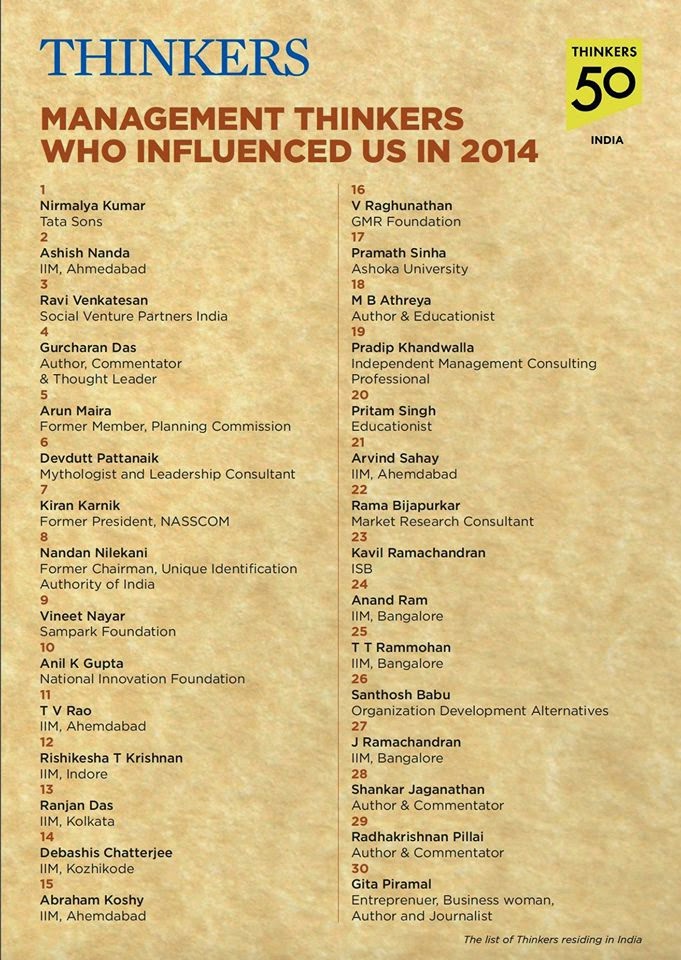This book draws on social, cultural, political, economic and managerial arguments to explain this paradox:
Firms are the primary agents of industrial innovation. While the incentive for innovation by firms in India has increased after economic liberalisation began in 1991, the inputs (funding, trained people and basic research and development) for innovation by firms have not kept pace with firms’ needs. Nor has the capacity of firms to innovate.
Government’s efforts to enhance the availability of inputs to the innovation process have been ineffective because of the lack of a strategic and integrative vision, inadequate resources, and poor implementation. Professor Krishnan explains the government’s shortcomings in this respect in terms of the political economy of India’s innovation policy.
Firms have failed to build an innovation capacity because of issues of ownership and control, and a number of deeply embedded social and cultural barriers to innovation. These include poor teamwork, the enduring importance of upward hierarchical progression, and a weak systems and strategic orientation.
To overcome these problems, India needs to move from a paradigm of Jugaad (or creative improvisation) to one of systematic innovation. Specifically, India needs to (1) create a critical mass of new, innovative, technology-driven firms, (2) enhance the technological capability of existing micro, small, and medium enterprises, (3) transform large enterprises, (4) create a new incentive system for universities and other institutions of higher education, (5) continue and enhance the process of dynamic reform of public R&D organisations, (6) change the structure of government involvement in supporting industrial R&D, and (7) create supportive societal conditions for industrial innovation.
Replete with a strong conceptual framework, case studies, examples, and data relating to India’s innovation performance, this book is essential reading for anyone concerned with the future of Indian industry.














